Sex and Communism
The State Socialist System and People’s Privacy
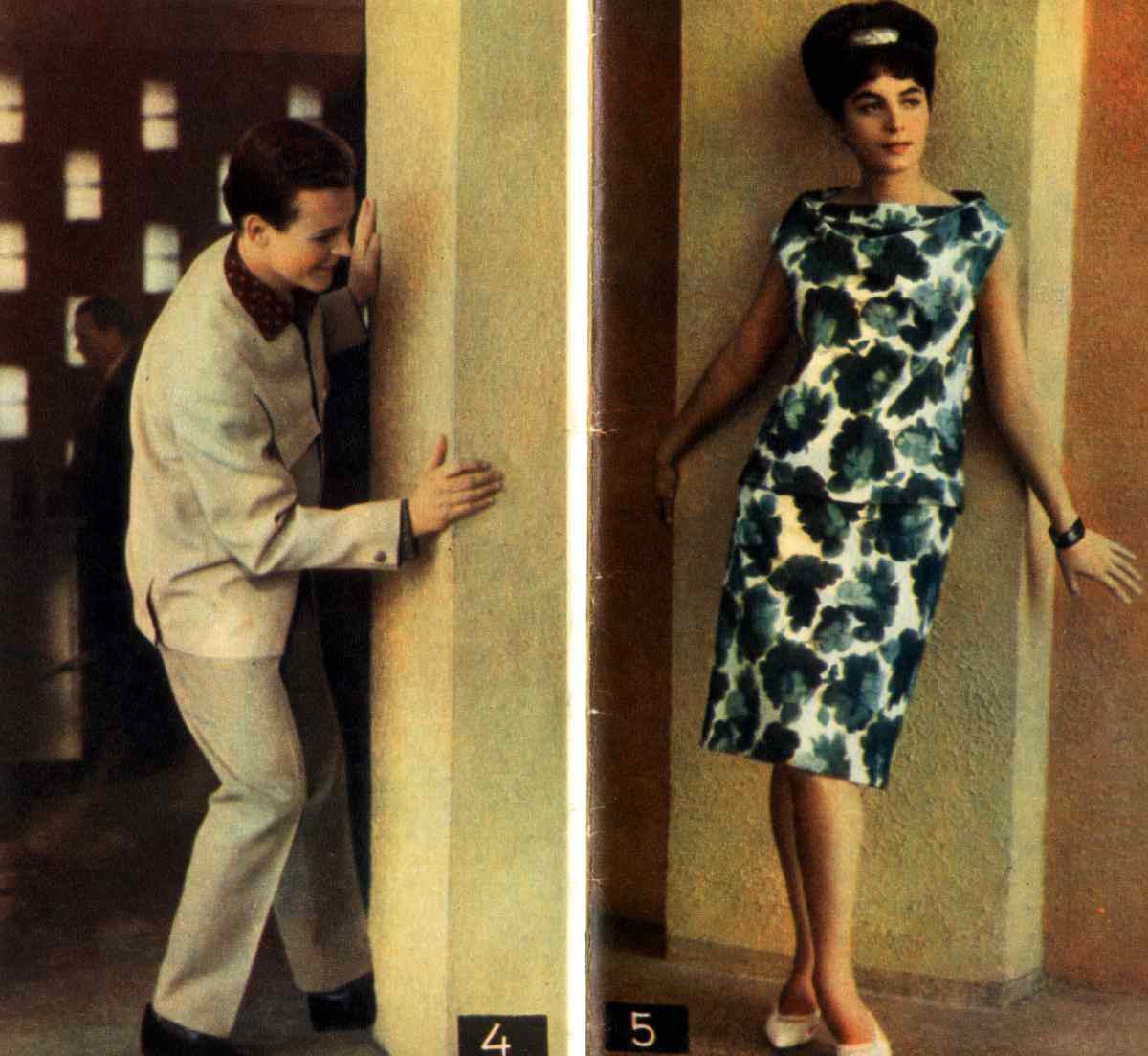
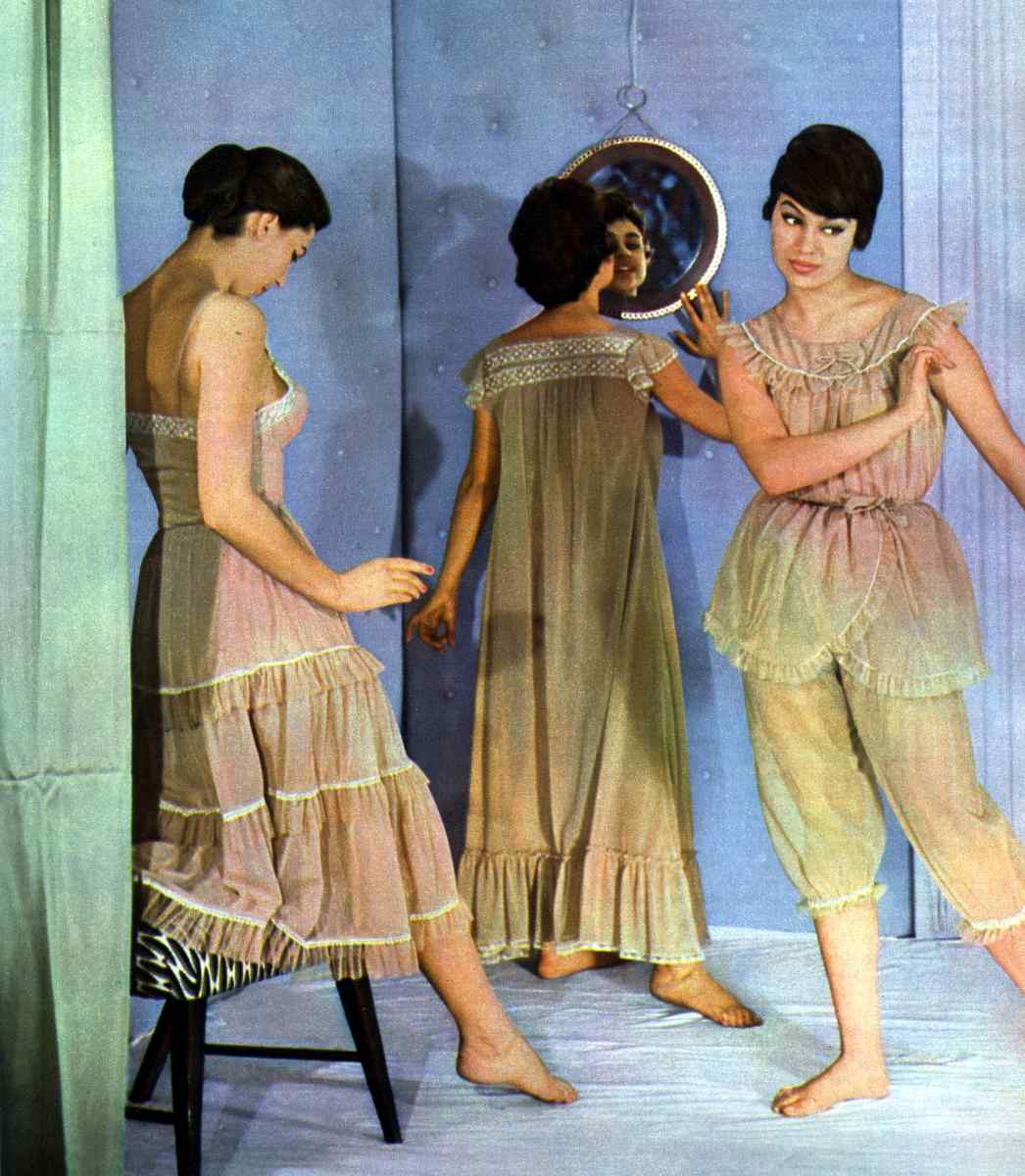
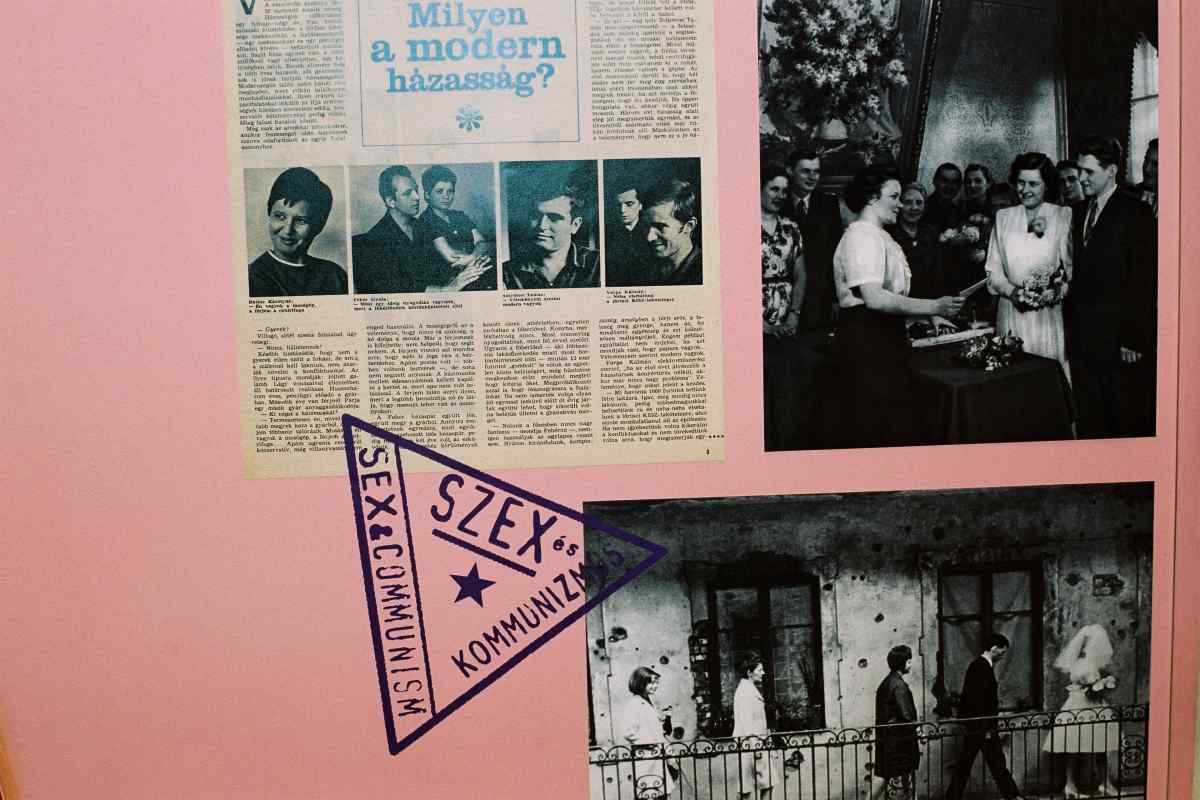
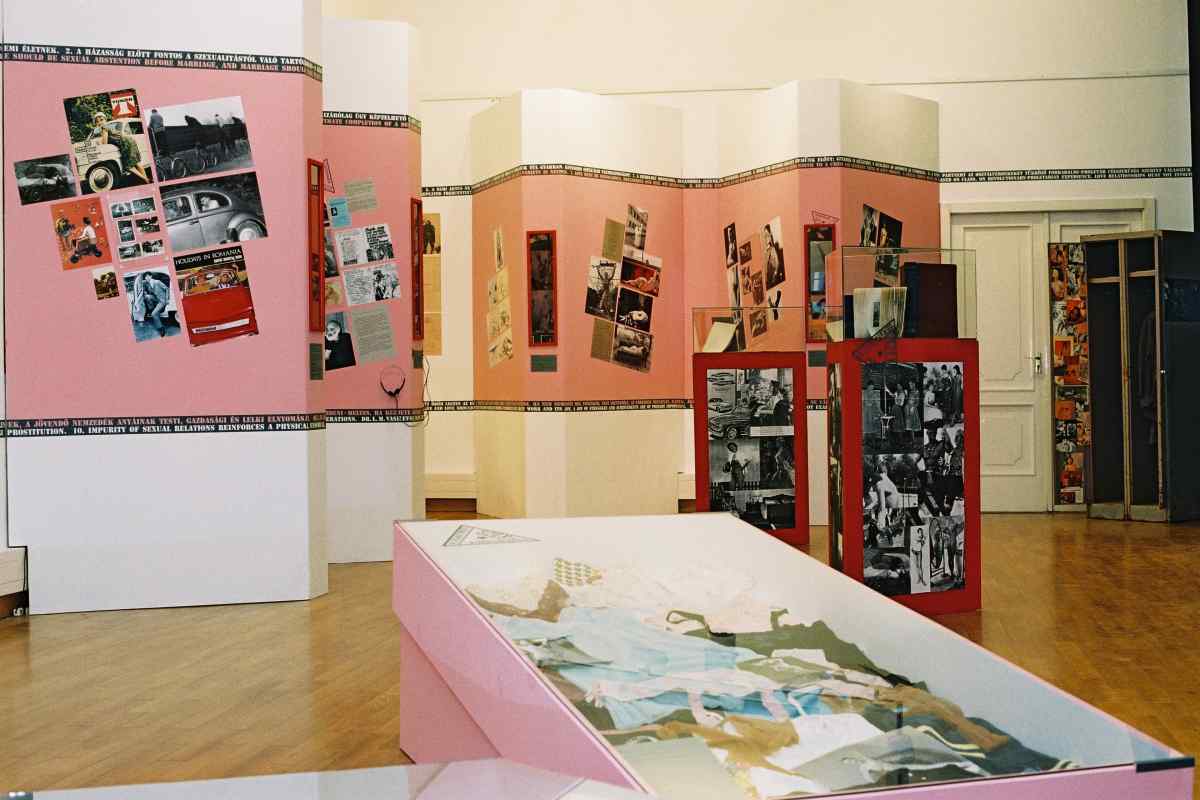
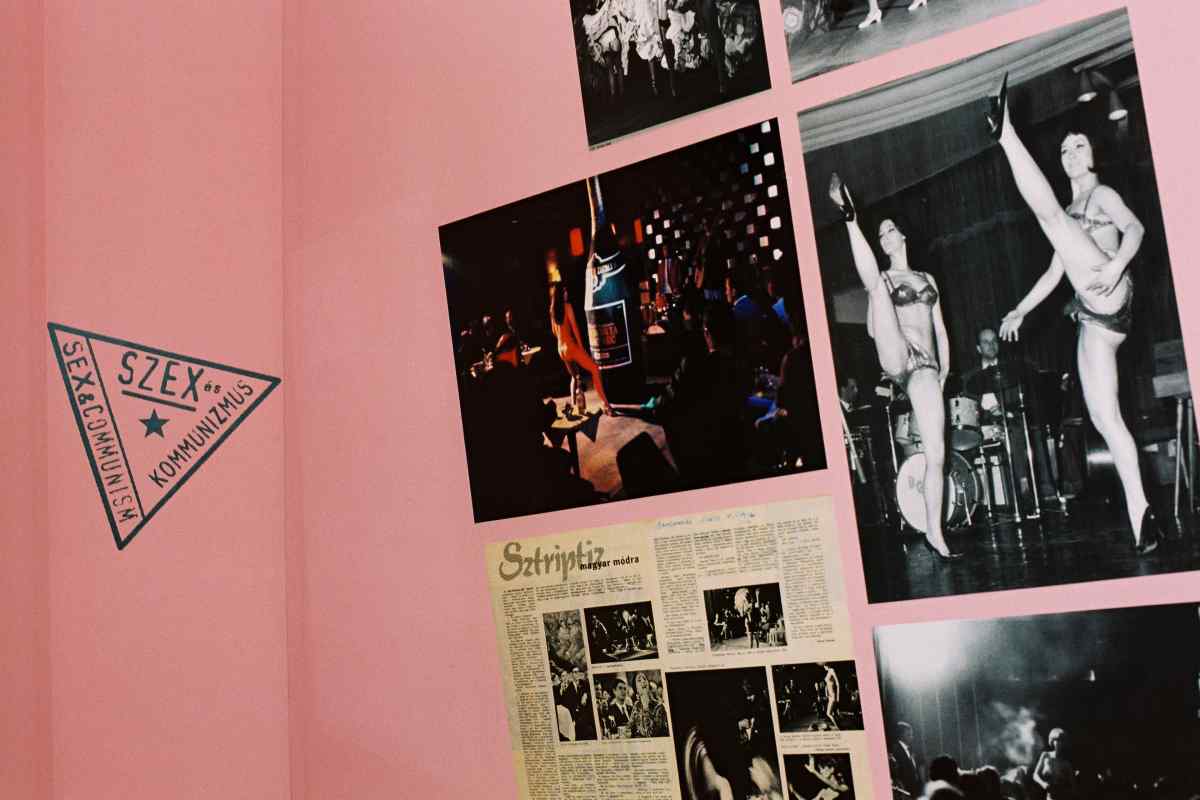

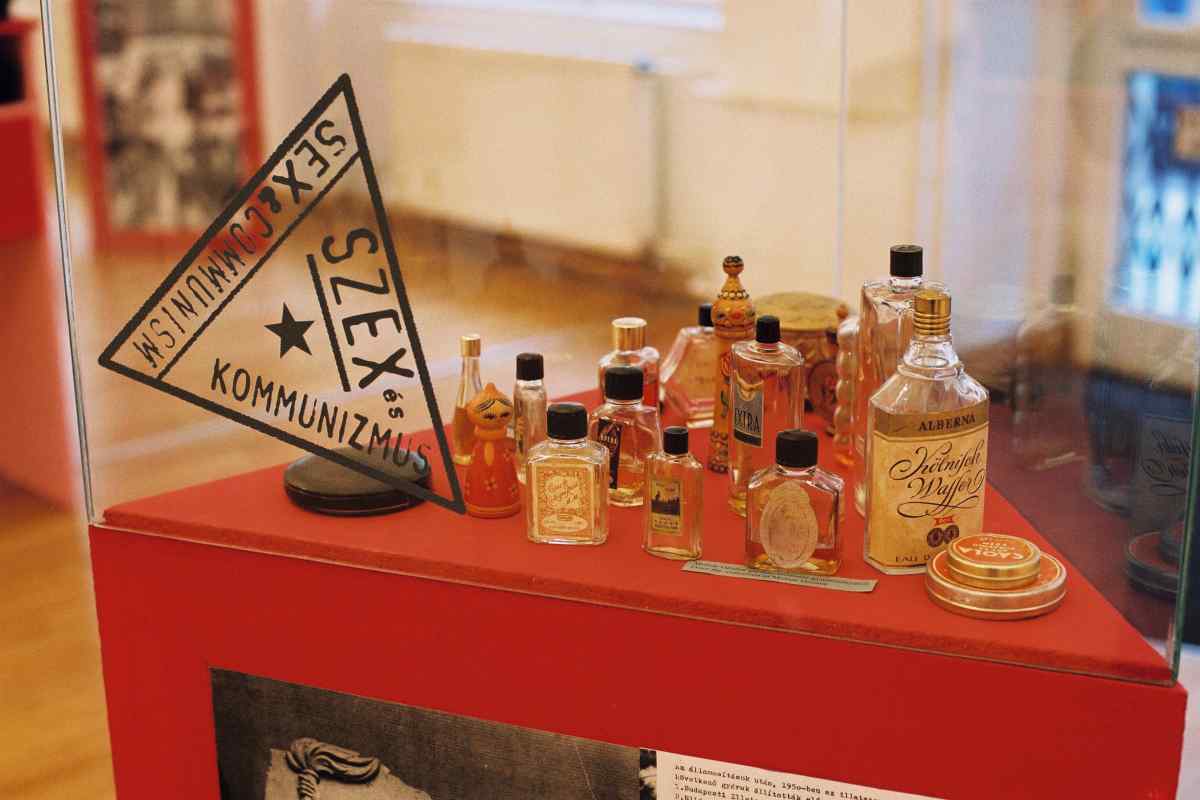
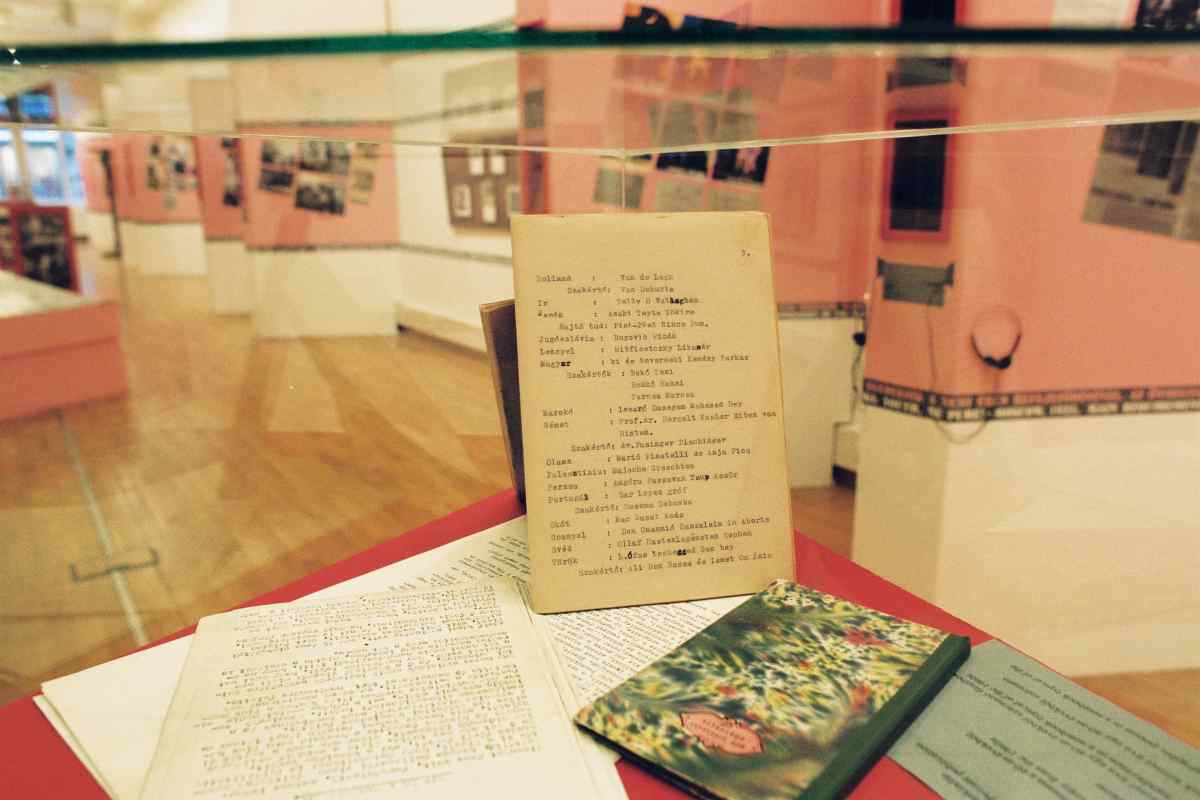
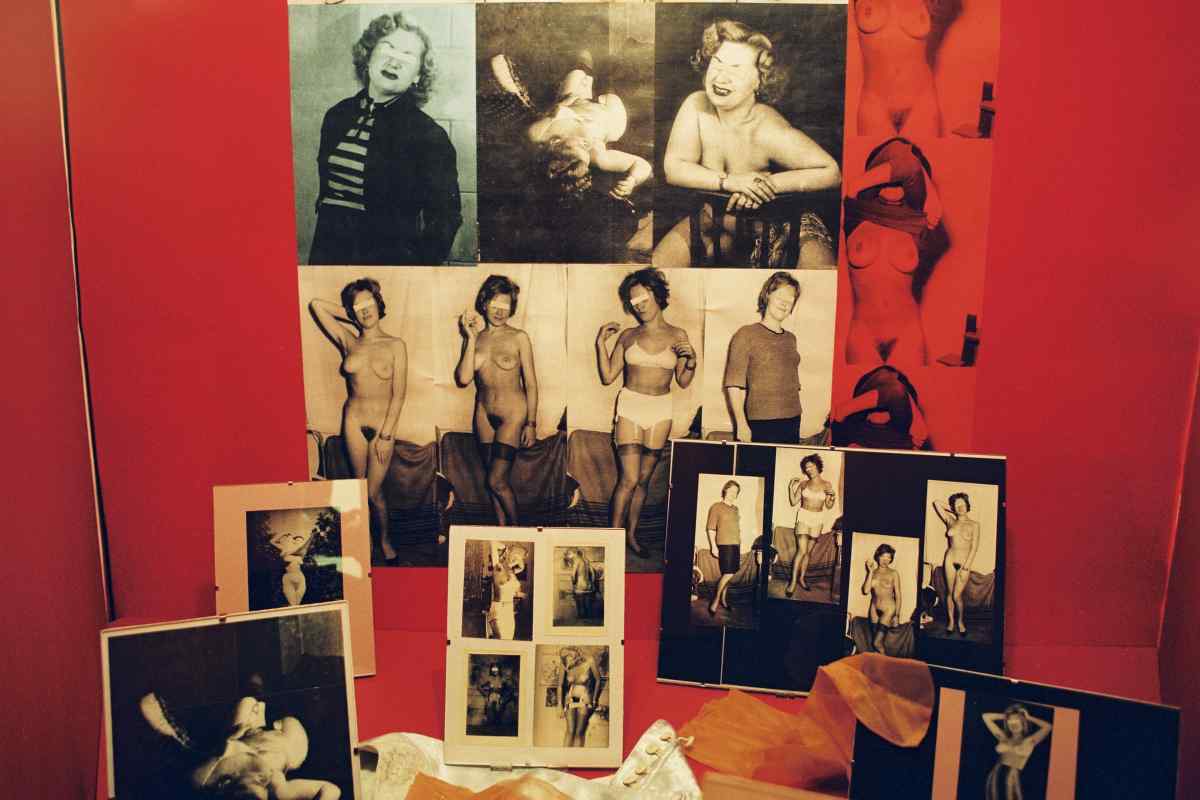
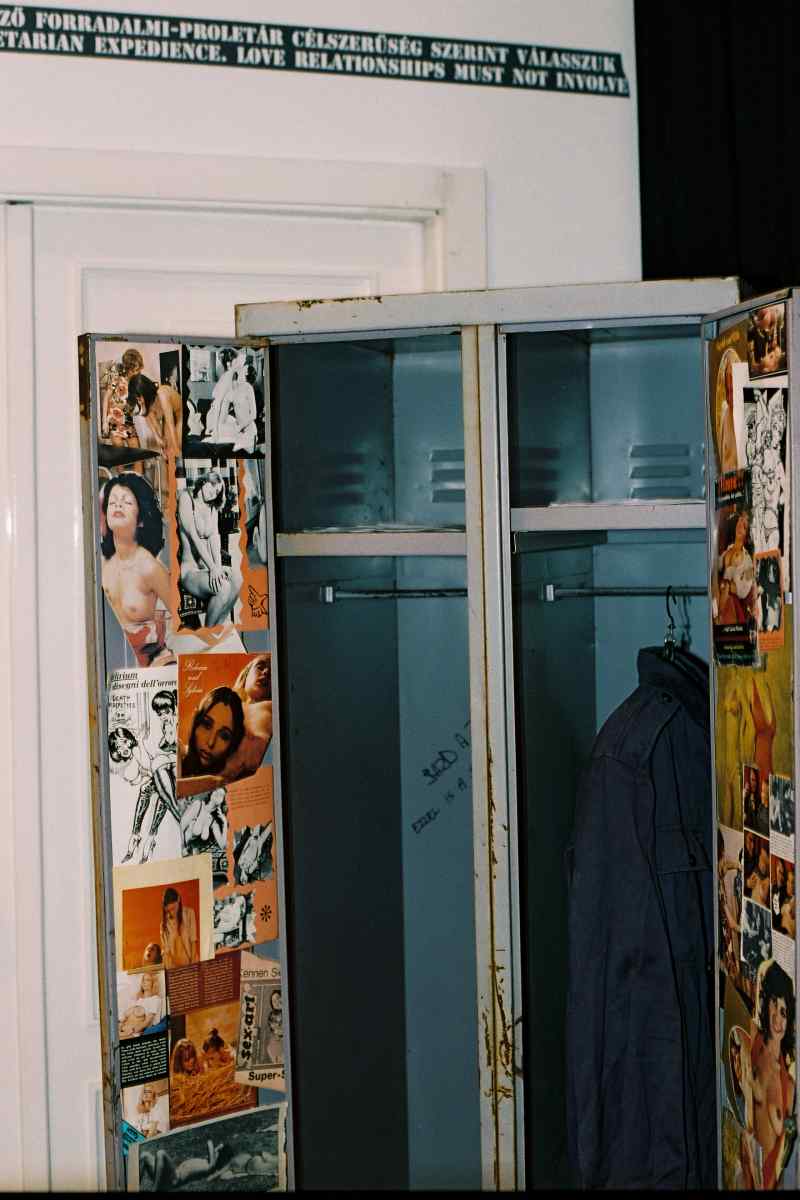
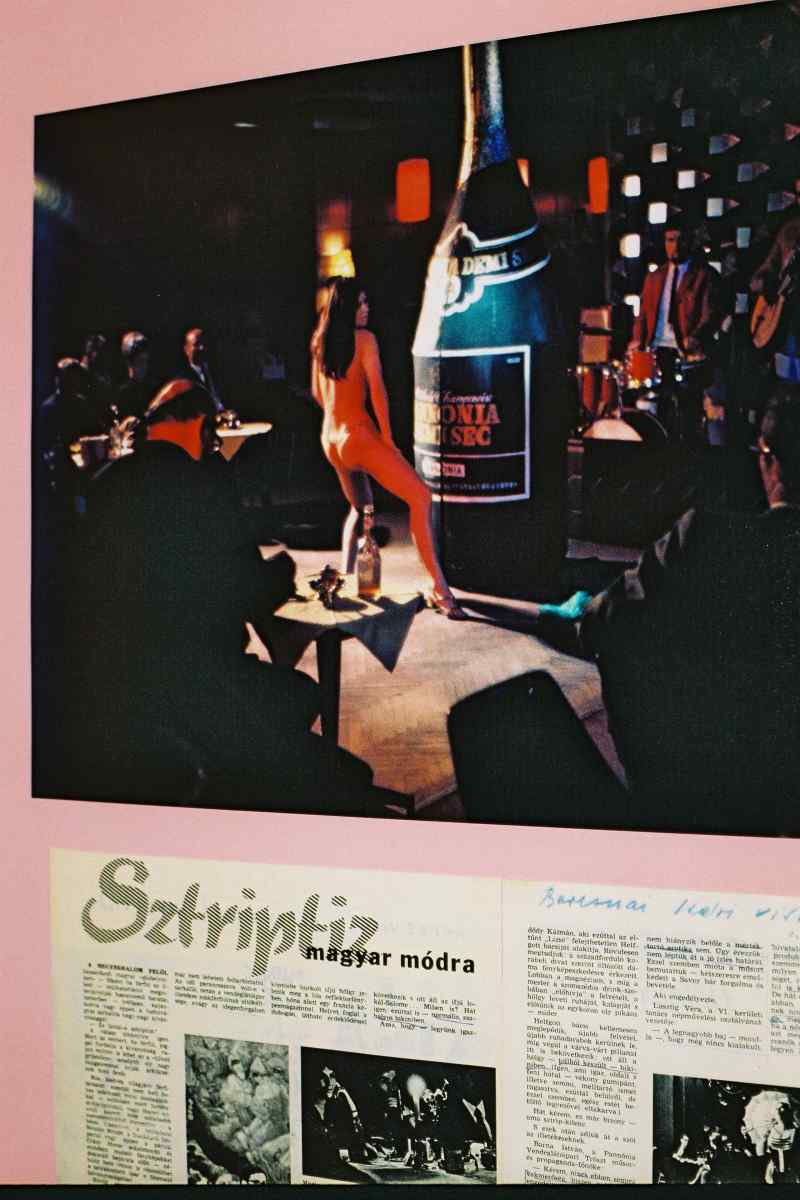
design: NEMZETES Ferenc
The collection of Tony FEKETE
The Erotica Collection of the Moscow State Library
The Film Archives of Krasnogorsk
The Ukrainian National Archives
The Hygienic Museum of Dresden
The Historical Museum of Berlin
The Croatian National Library and Archives
The Croatian Historical Museum
Document Centre of Eisenhuttenstadt
The collection of the Humboldt University in Berlin
The Semmelweis Medical Museum Budapest
The Hungarian National Gallery
The Hungarian National Filmarchives
The Archives of the Hungarian National Television
The Museums of Fejér County
The exhibition was a bold attempt to introduce this topic to the public for the first time in Hungary.
The ideological foundations of the questions of sexuality for the communist system were laid down by one of Freud's pupils, the Soviet professor Aron Zalkind. In his book The Question of Sexuality in Soviet Society published in Leningrad in 1926 Zalkind says, “Sexuality is only permissible in a form which promotes feelings of collectivism, class awareness, productive, creative and marital activity and the wish for cognition.” According to Zalkin’s doctrines, one could only have sexual intercourse with a suitable partner and preferably not frequently so that one could concentrate one's creative energies on class struggle and the building of communism.
The exhibition wished to present the gap between the official propaganda of the socialist countries in the 1950s and 60s and everyday reality. What were the methods of the state socialist system of intruding into people’s privacy, how did it try in particular to influence female sexuality (abortion regulations, Heroic Mother Award), what did it think about the institution of marriage, extramarital affairs, civilized social activities (five o'clock tea versus partying and nightlife) and what was the response of those involved. The image of the happy family beaming at you from the multicolor cover of the official propaganda leaflets is deconstructed through the incredible amount of pictures presenting the private life of the period. Later on, sexuality became an unmentionable vice, a forbidden and taboo topic in terms of official discourse. At the same time, such diverse sources as private photographs, life stories, underground art, and anecdotes show that sexuality existed in a striking variety of expressions.
In a totalitarian system from one side, the power structures of the state establish their semantic codes in order to control society but, from another side, people in their private worlds develop their own codes of language and behavior, part of whose function is to avoid control and to exchange forbidden meanings. Life under communism separates into private and public spheres and sexuality finds different but interrelated expressions in both.
In the multimedia version of the exhibition the pictures were supplemented with video installations, contemporary artwork, items from private collections, family albums, private photographs, and dresses and underwear produced in the socialist countries.